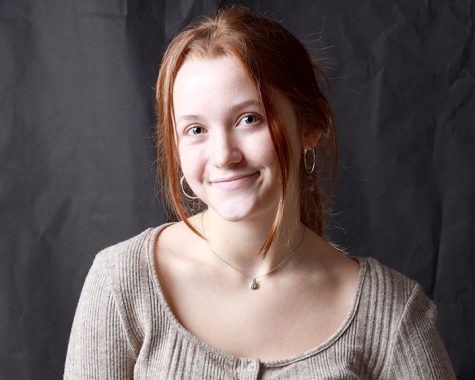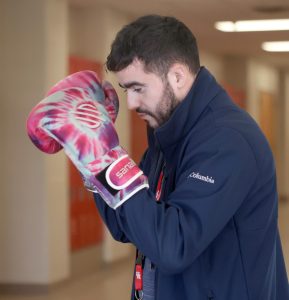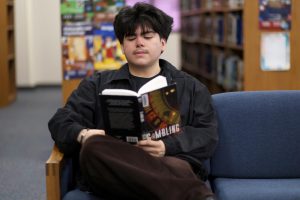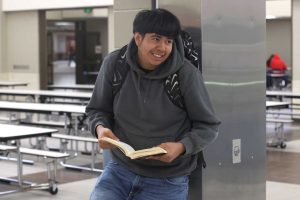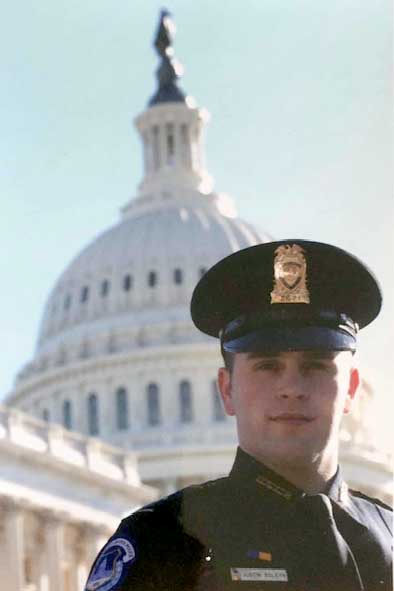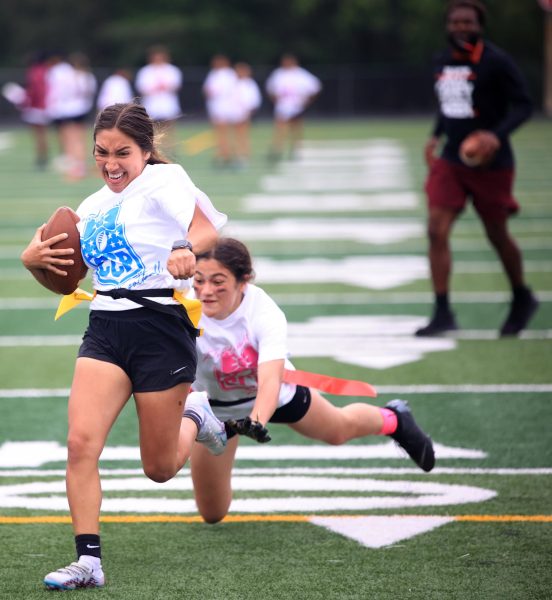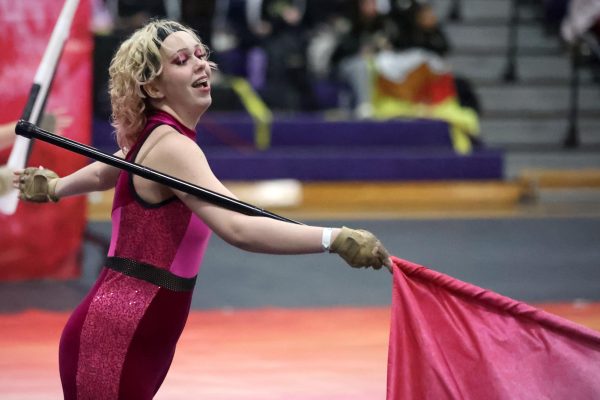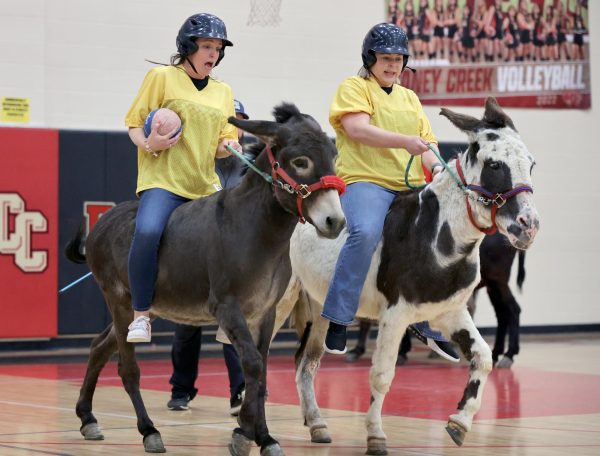Women celebrate 100 years of voting
Jan 20, 2021
This year is the 100th anniversary of women getting the right vote. While this is an ingrained part of history, it turns out that a lot of people don’t know the history behind women’s voting rights or the suffragettes who fought for them.
The suffragette movements in the U.S. started in Seneca Falls, New York in 1848. White suffragette Elizabeth Cady Stanton invited abolitionists to discuss women’s rights. Most of the attendees agreed that American women deserve equal rights to those of their male counterparts. For the next century, suffragettes would continue to fight for voting rights by ways of both peaceful protests and rioting. Finally, on Aug.18,1920, white women got the right to vote.
“I did not know,” sophomore Cadence Munoz said of the anniversary. “I didn’t really get into politics and things until recently because of everything that’s happening right now and now I’m getting more interested in politics and issues like these.”
All three students that were interviewed answered that they haven’t learned or heard about the anniversary of women’s voting rights anywhere.
“I think it was the movement that changed the way voting was in the U.S., and I’m pretty sure it was led by women,” tenth grader Dea Kidd replied when asked what she knew of the suffragette movement.
Suffragettes Susan B. Anthony and Elizabeth Cady Stanton, who are now American history’s most known suffragettes and women’s rights activists, originally stood beside the abolitionist movement. However, after the 15th Amendment was ratified and many other white suffragettes changed their views claiming that it was unfair how a black man could get the right to vote before the white women.The 19th Amendment originally stated “The right of citizens of the United States to vote shall not be denied or abridged by the United States or by any State on account of sex.” This unfairly left out women of color and they were always treated second class when it came to both race and gender identity.
When asked if the interviewees knew either or both Susan B. Anthony and Elizabeth Cady Stanton all three of them said yes to knowing at least one of them. Many, though, are unfamiliar with history’s lesser known women’s rights activists, women of color suffragettes, and racial equality activists Mabel Ping-Hua Lee and Gertrude Simmons Binnon.
Mabel Ping-Hua Lee was a Chinese immigrant who came to the U.S. when she was 4-years-old. Mabel was highly educated and intelligent, she knew three languages, she excelled in mathematics, and at just 16-years-old Mabel attended Barnard college. From a young age Mabel was involved in activism of every kind, from immigrant rights, to racial equality, to women’s rights. Lee’s most notable moment was when she helped lead a suffrage parade in Greenwich Village, New York and almost 10,000 people attended.
Getrude Simmons Binnon was a native woman from the Yankton Sioux Reservation in South Dakota. Gertrude was known for her writing in which she used the pseudonym Zitkala-Ša, she wrote about her experiences as a native woman and the trauma she experienced in residential schools. Getrude and other indigenous activists formed the “Society of American Indians” an organization founded for native people. Her suffrage is notable in many ways, including the calling of citizenship to natives and for native women to get the right to vote along with their male counterparts.
When asked if the interviewees knew when women of color got the right to vote, all three answered no. Two out of three didn’t know that only white women got the right to vote one-hundred years ago and women of color had to keep fighting for the right to vote, because they were banned by law.
Native Americans got citizenship and the right to vote in 1924, but they didn’t get secured rights until 1962. Black women got the right in 1945. Asian women got the right to vote in 1952. Finally, Hispanic and Latina women got the right to vote in 1975.
“It’s the fact that this wasn’t a long time ago that absolutely baffles me,” Dea Kidd replied when told when women of color got the right to vote. “People want to treat it like this was 2,000-years-ago.”
Finally, the interviewees were asked how they feel the 19th amendment affects them today.
Junior Crystal Slater said: “Not at all anymore, we are getting to the point of almost having to fight for our rights all over again, with bans being put on abortions and women’s rights being up for debate 24/7”
While Dea kidd had a differing opinion saying: “Well it absolutely benefits me today, it allows me to have an equal stance on politics just as everyone else,”
While many young girls voted this year, voting in the sixties was much different than now. Lavelle Hughes, a retired educator at Caney Creek with more than four decades of teaching experience, voted for the first time in 1962.
“It was kind of scary because it was crowded,” Hughes answered when asked what it was like to vote for the first time. “I was at school at TCU and I was pretty much alone.”
By the sixties women voting had become casual, so no one gave Hughes any side looks or tried to stop her.
When asked if she thought women getting the right to vote had changed the US drastically Hughes had this to say: “Yes, I do. It gave the women a little bit of a lift and they had meaning to their life. They could do the same things as the men were doing. They had a say in things and I think that’s important.”
Finally, when asked if she had any advice for young women looking to vote, she replied: “They need too, it’s an honor and it’s also just necessary if they want to have a say on topics like this.”
Women now have the chance to vote and have their voices heard, something that wasn’t possible only 100-years-ago.



